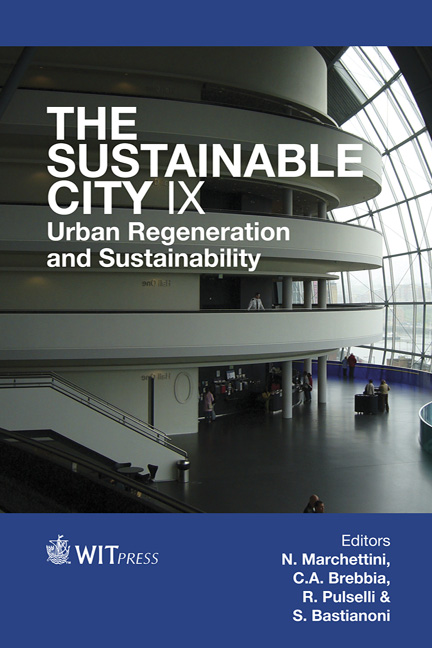GIS-based Framework For Assessing Neglect In The Historic Built Environment
Price
Free (open access)
Transaction
Volume
191
Pages
12
Page Range
1127 - 1138
Published
2014
Size
693 kb
Paper DOI
10.2495/SC140952
Copyright
WIT Press
Author(s)
G. Newman, B. Kim
Abstract
Population and land use migrations from historic urban areas have resulted in urban environments characterized by non-functional, unmaintained structures. These structures can deteriorate to the point where rehabilitation costs outweigh renovation costs – a process known as demolition by neglect. Historic preservation policies attempt to salvage these structures primarily through local policy, on a building by building basis. The climbing rate of neglected historic structures is a growing concern which creates the need for research which seeks to identify, measure, and monitor the condition of urban areas on a larger scale; extending beyond the current unit by unit basis. This research presents a framework to identify concentrations of neglected space in historic urban core areas using Geographic Information Systems. Buildings were surveyed and geocoded in three historic boroughs in Bucks County, Pennsylvania, USA. Each structure was analyzed based on its age, condition, value, degree of modification, and land use change and scored using Newman’s (in press) model of measuring neglect. The total scores were then utilized to categorize each structure in reference to its degree of neglect. Spatial analyses were then performed combining Hot Spot Analysis, Weighted Suitability, and Inverse Distance Weighted Interpolation to define proportions of the urban core areas which were in need of immediate regeneration. On average, around ¼ of each borough’s historic urban core was undergoing some form of neglect, suggesting multiple adaptive reuse, retrofit, or renovation efforts are necessary to stymie future demolition of heritage resources.
Keywords
demolition by neglect, historic preservation, growth management, geographic information systems, Geodesign, urbanization, urban regeneration





